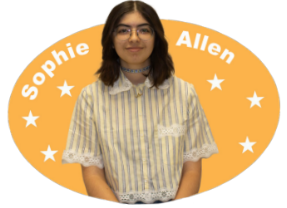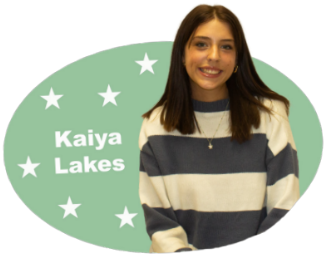Sophie Allen | The Chronicle
Ohio became the first state to require all public school districts to adopt a formal policy on the usage of Artificial Intelligence (AI) in education this year. For better or worse, AI is changing the landscape of classrooms. Schools are being forced to adapt to it.

Mason High School specifically has opened its doors to AI. Students across the building are finding assignments that permit, encourage or even require them to use AI to complete. I myself have received assignments which required AI to be completed, despite my personal objections to it. Rather than ban it outright, MHS has decided that allowing it into the curriculum will teach students how to use it without abuse.
The idea is not without merit. The problem of plagiarism could be managed if students were taught how to engage with AI productively. Though, for high school students who have worked most of their academic careers without AI, I am skeptical if it can be deemed productive, or rather just encouraging students to lean on a crutch they don’t need.
The vast amount of marketing behind AI oversells the benefits and underreports its drawbacks. A common supporting argument talks of ChatGPT’s ability to provide citations. This is not true—ChatGPT often provides dead links for citations, or makes them up altogether. Nor is the idea that AI’s ability to summarize information is infallible true. And while teachers may encourage students to still check over the information they are fed to avoid these pitfalls, how many will do that? And if reviewing the information is necessary, why not gather it myself?
Encouraging students to use—or rather, depend on—AI may be handicapping their creativity and intellectual growth capacity. Students need to exercise their brains. If there is a discussion to be had about AI being used for efficiency, school is not the place for that, especially not when AI data centers are already straining Ohio’s power grid. Using AI for unnecessary purposes only worsens this.
In its 57th annual survey on public schools, PDK International, which is a nonprofit, professional organization for educators, found declining support for involving AI across the board. Students, parents and teachers alike are noticing the growing problems with AI. As its drawbacks become increasingly apparent, the novelty quickly wears off for everyone involved.
There are plenty of students, like myself and those around me, who do not want to use AI, whether they are concerned about the environment or would simply rather depend on human intelligence than mindlessly consume unreliable information. Our school should encourage that: teaching students to be confident in their abilities and think for themselves. We haven’t needed AI in the past twelve years, so why start now?





